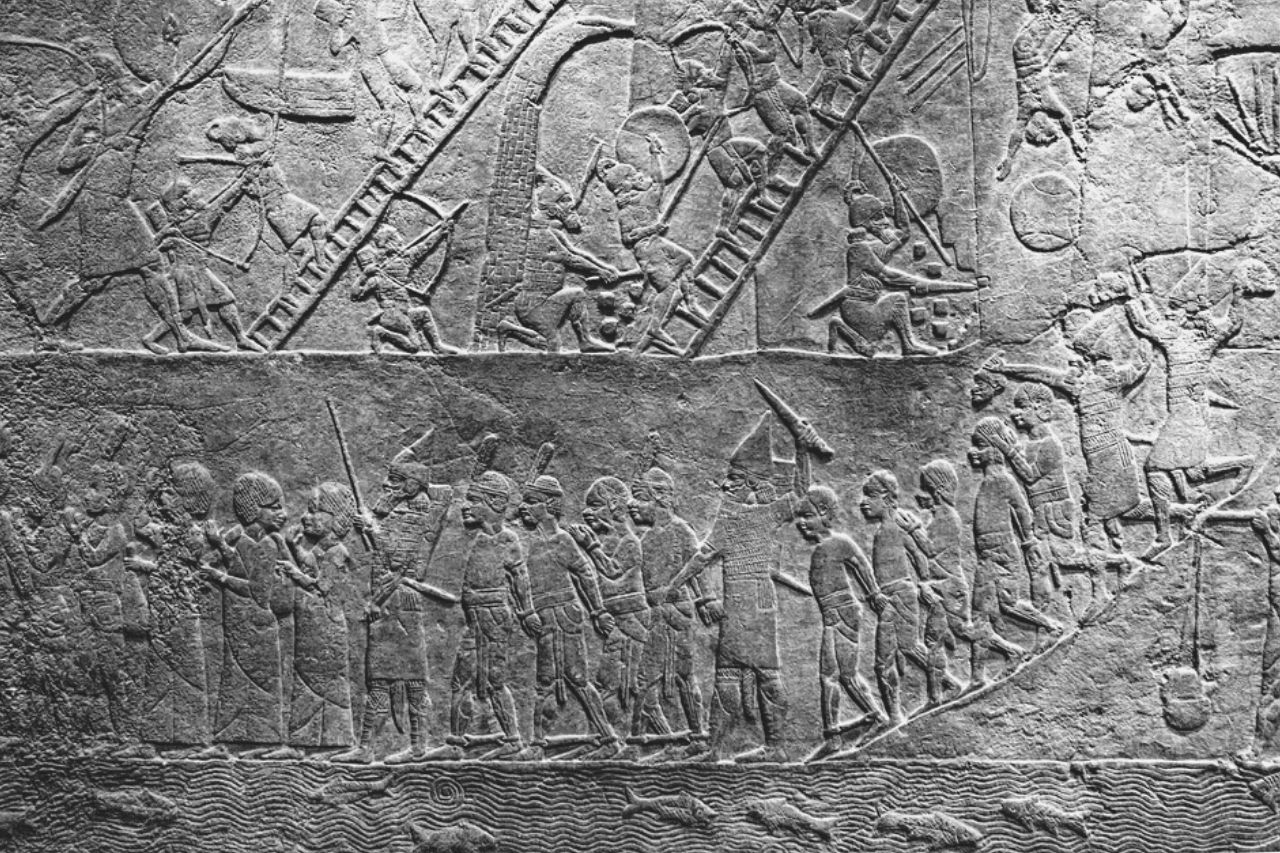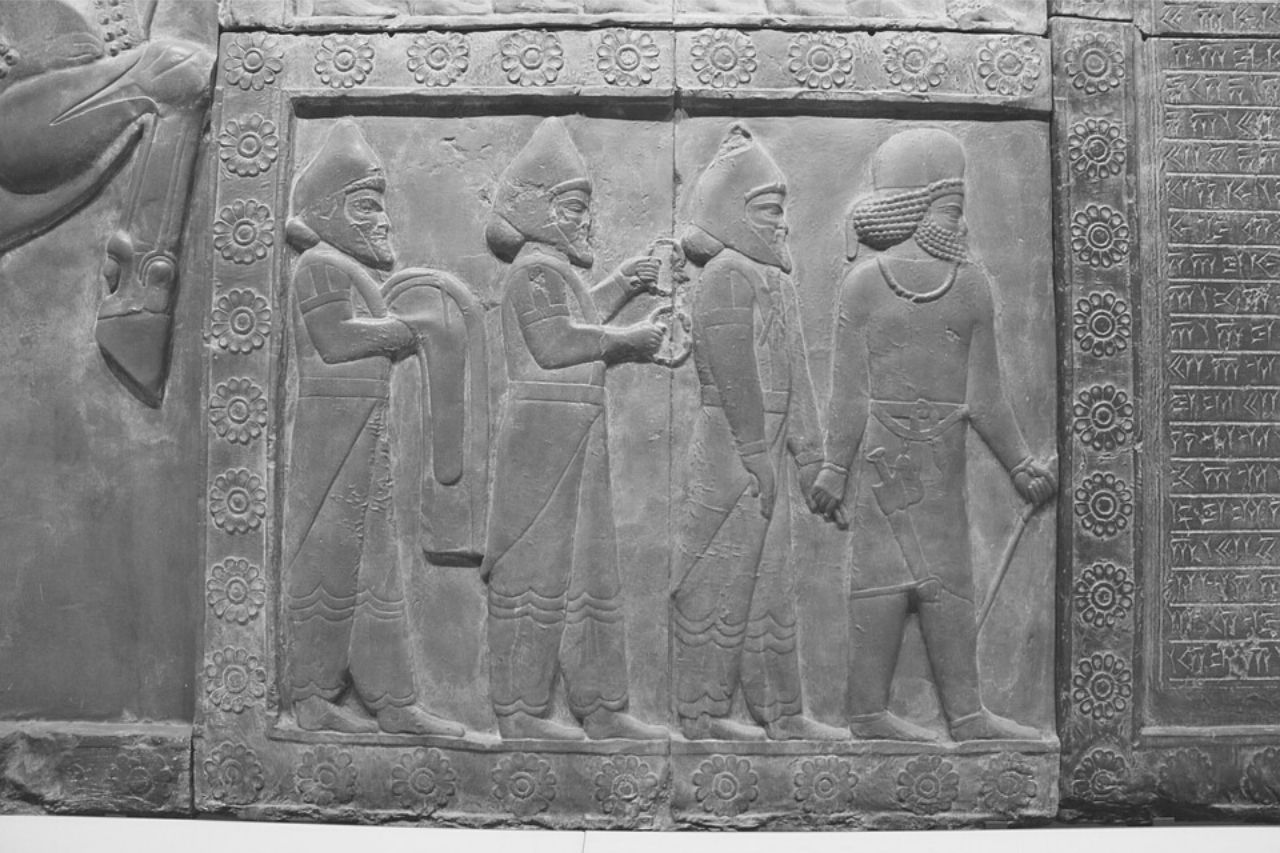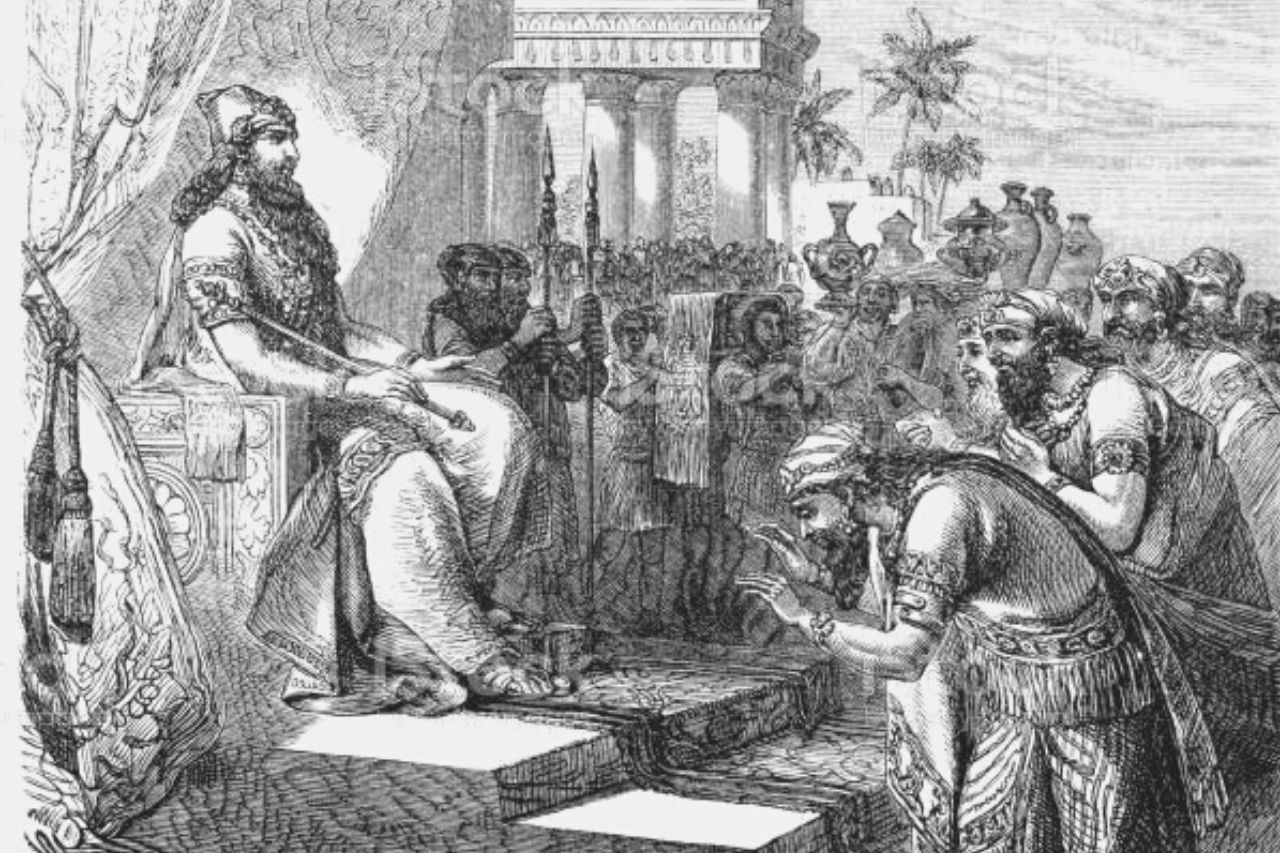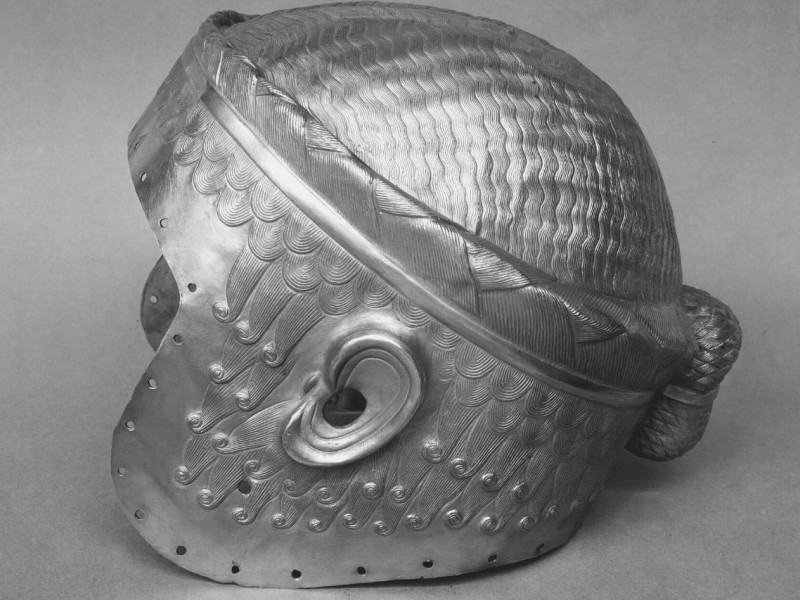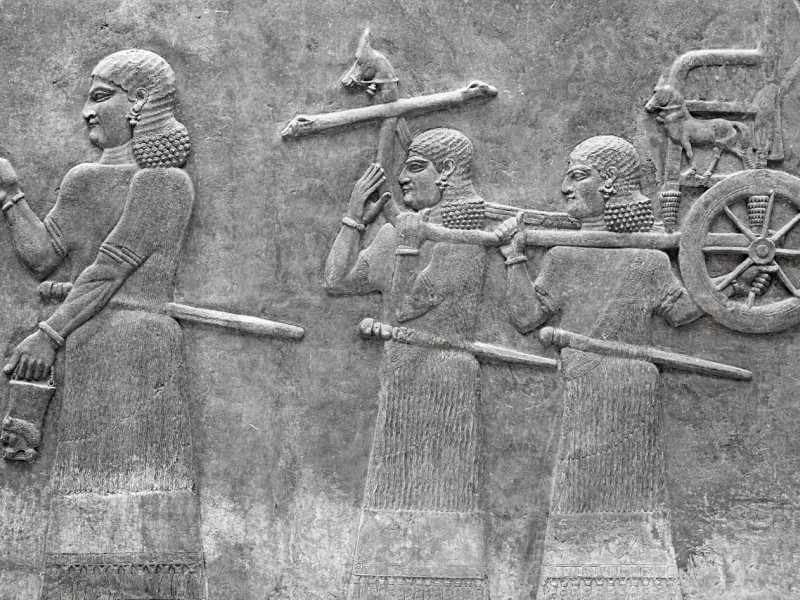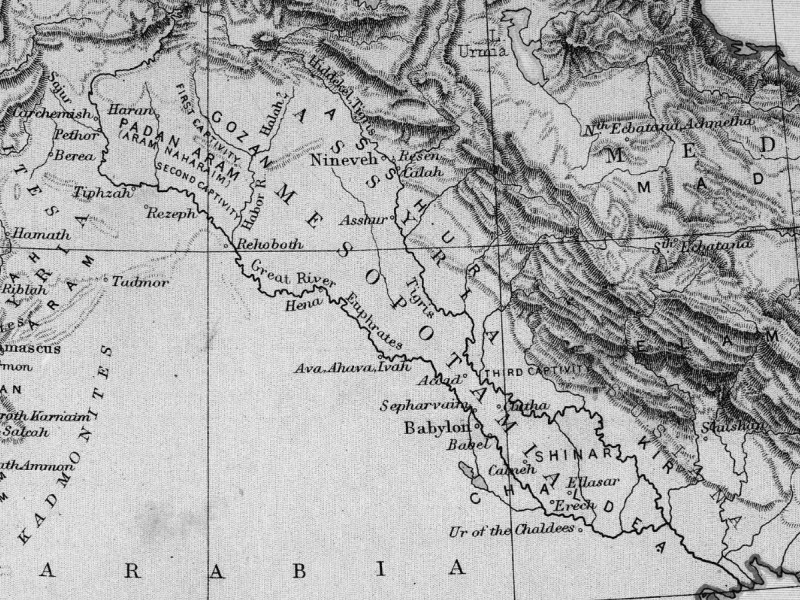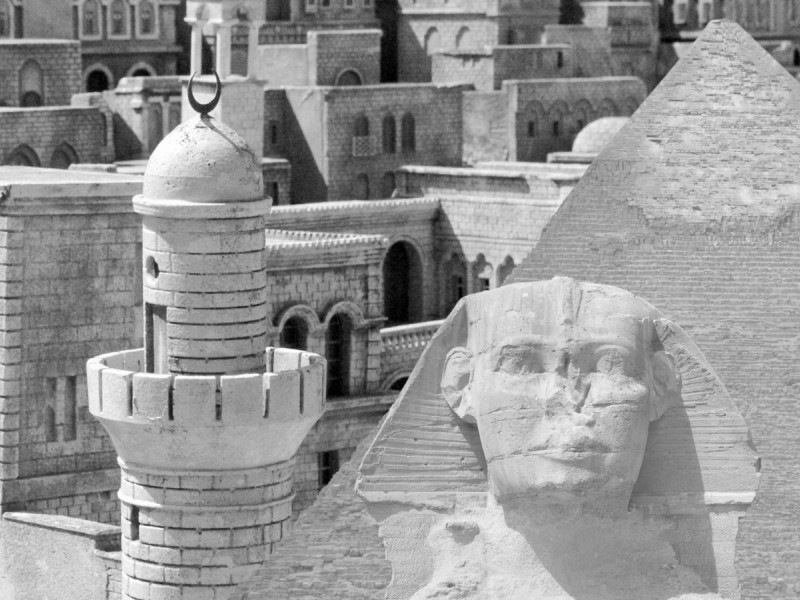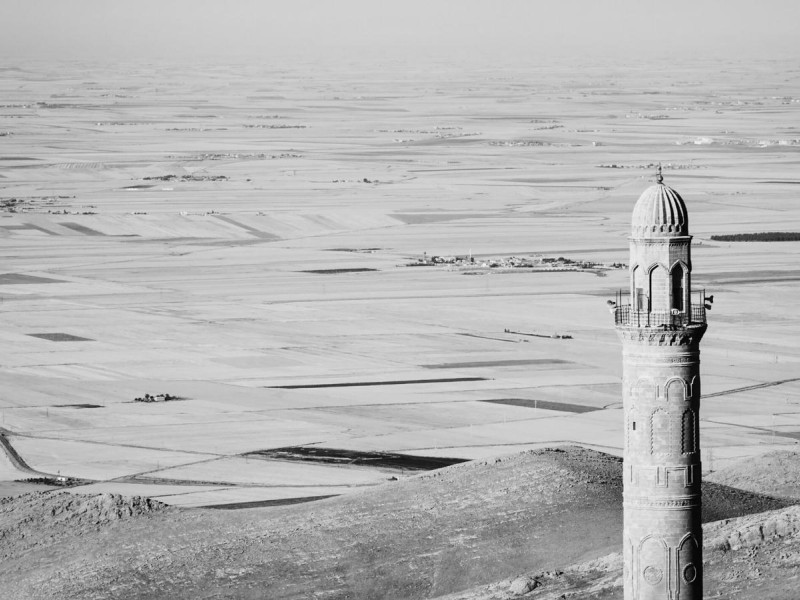Mesopotamia Daily Life: The Making of a New Civilization
With the advent of large cities, Mesopotamian daily life was influenced by the economic status and political positions of the ancient people. They started as villages and therefore lived a simple lifestyle.
However, when irrigation canals were invented and their agriculture was developed, opulent lives gradually flourished, which also made their daily life more dynamic.
Given that hierarchy was vital in their community, people led different lifestyles. You can see the elegance and affluence of the royal family members, the piety of the priests, the discipline of the scribes, the wisdom of the merchants, the courage of the soldiers, and the hard work of the slaves.
They belonged to different social strata, and their lives mirrored their duties and missions. Since 4000 BC, Mesopotamians had already been shaped by the complexity of their social status and the corresponding roles attached to it.
To describe the daily life in Mesopotamia, you could tell that the lifestyle from the beginning of their unique civilization to the peak of their culture until the fall of Sumer in 1750 BC was identical, except that they relied heavily on writing. When cuneiform of writing was invented sometime in 3500 BC, ancient scribes recorded all their daily activities invariably.
How Did Daily Life in Ancient Mesopotamia Begin?
While women were tasked to get up early to prepare breakfast, daily life in Mesopotamia usually began at dawn. They normally ate twice a day, and ordinary people had to begin work from morning till early evening.
They ate simple food composed of bread, beer, and onions, but breakfast may incorporate a porridge or a soup. Meanwhile, affluent families didn’t have to worry about household chores because they employed slaves to serve them.
Everyone should prepare because tedious work, which was divided into housework and skilled work, such as weaving, pottery, or baking, would begin after breakfast.
Despite the heavy duties throughout the day, you would notice that religion played a considerable part in their custom. Religious practices were always the priority of everyone in everything they planned. They were trained to pray before meals and ask for provisions for their daily needs.
You must know that the Mesopotamians were predominantly devout people, such that reverence to their gods was an important part of their entire lives. For instance, you would see them perform religious ceremonies to sacrifice something before the beginning of a certain task. At the end of their project, they were expected to offer devotion to other gods for giving them strength and wisdom on that day.
Overall, the Mesopotamia lifestyle was crowned with enormous faith in various gods and deities, which led them to consult these gods for everything about their lives. Religious rituals and spiritual ceremonies were crucial in everybody’s daily survival because they believed that their gods were in control of their present and plans.
Social Classes in Ancient Mesopotamia
The Kings
Did you know that the daily life of the people depended immensely on their social class? The king was given the highest respect and honor because he was considered a mediator between humans and the deities in heaven, and his legacy was tantamount to his affluence and power. Meanwhile, his closeness to gods was measured by his success on earth.
The Priests
The priests and priestesses were tasked to preside in daily religious rituals to invoke the mercy of the gods. They devoted much time in learning and interpreting signs to help the people understand their fate and god’s message to them. To help the sick, it’s the responsibility of the priests to perform healing rituals and cure the sick. You would be in awe at the miraculous ability of the priests to heal their sick fellowmen.
The Scribes
The most vital contribution of the Mesopotamians was writing. Thus, scribes had to write the daily activities of people. They studied and offered themselves to god by maintaining the highest standard of writing. You could imagine that scribes were writing about the daily events for everyone to keep a record of their glorious days.
The Merchants
The merchants were composed of the upper class who ran their shops in the city. They were busy people who had no time to travel, but they could afford to mingle and drink beer with their friends. They were fortunate to hire slaves who would serve them diligently in ancient Sumer.
The Soldiers
Armed with courage, the soldiers had to leave their homes to fight for the country with all their valor. They were trained and respected for their military skills and strategies, and their daily life revolved around training to learn about weapons, such as sickle swords, spears, slings, and clubs. Soldiers offered their lives for the sake of the country, but after the war, they would go back to their normal lives in the field.
The Slaves
To support all the people in the upper social stratum, the slaves had to serve them by doing the chores at home. You know that some of them were also asked to assist the priests. It’s undeniable that some rich men used their female slaves as concubines.
Family and Leisure in the Past
The daily life of a family during the ancient time was as typical as that in our present generation. The family, as the most significant part of the society, was composed of a father, a mother, children, and extended families, such as grandparents, aunts, uncles, and cousins.
It was normal for men and women to work, while children were trained to do their respective tasks according to gender. Upper-class boys went to school, and their sisters would remain at home to learn about home economics and practical arts. You must know that the sons of lower-class families would join their fathers in the field of the kind of work their fathers were doing.
Mesopotamian Housing and City Plans
Cities in ancient Mesopotamia were built with the innate architectural talent of the people. Their cities were primarily designed with temples and ziggurats to assure that devotion to gods and deities was on top of their lives.
A ziggurat is a massive structure similar to a pyramid that was used by the Mesopotamians to revere their gods, who were believed to be guiding them in their endeavors.
Carefully planned to display the grandeur of their kingdoms, cities centered on shrines and king’s palaces, which were built to show the king’s authority and power. Palaces were sophisticated, enormous, and impressive to display the achievements of the kings. Archeologists revealed that Assyrian palaces were the most prominent buildings found, which dated back to the first millennium BC.
You know that kings received their important guests in the palace, particularly the foreign visitors who wanted to see the affluence of the kingdom. With pride and honor, palaces displayed the grandeur of Mesopotamian kings at that time. Those royal palaces also commanded authority to inspire others and fear to intimidate their rivals.
Furnished with elegance, houses of the opulent people, such as the royal families, were usually adorned with luxury. In contrast, the poor people inhabited the land far from the city proper.
To promote their love of nature, fruit and nut trees lined up the main roads of the Mesopotamian city, homes were designed with attractive gardens, and narrow streets connected the parts of the city.
Given that wood was scarce, city houses were constructed with mud bricks that were dried under the sun. You should know that these bricks were made with the state-of-the-art precision of Mesopotamian engineers, as evidenced by the kiln-dried brick remnants discovered later by archeologists.
Typical houses in ancient times were composed of two stories or sometimes three stories with level rooftops for family picnics during hot days. Again, you could see in their houses the differences in social status. Wealthy people had enormous and elegant houses, whereas poor people lived in humble homes adorned with a simple desk and a chair.
To show their pious lifestyle, Mesopotamian abodes were built with little chapels for their private use. Here, they would pray, offer their incense, and ask their gods for provisions. Aside from these individually owned altars, there were shrines to gods for the entire neighborhood to use.
Lifestyle After Work
Everyday life in ancient Mesopotamia was filled with loads of work to do. Men had to work on the farm and do other skilled work in dyeing, weaving, and making clothes for the royal families and statues of their gods. Meanwhile, women had to do house chores. That work could also be metallurgy, carpentry, and digging.
After work, people would go back home and share dinner with their families. Bread, beer, and onions were present in the evening meal, together with vegetable or fish soup. During a special dinner, Mesopotamian women would serve roasted meat or lamb.
You know well that Mesopotamians feasted on fruits, vegetables, fish, and livestock. They raised livestock, mostly goats, pigs, and sheep, for consumption. You could tell that much of their routine before was rather similar to our daily activities in our modern times.
To save oil lamps and candles, underprivileged Mesopotamians had to sleep early. In contrast, rich people had abundant sesame oil lamps. They could have enough time and oil to listen to music, tell stories, discuss current issues in the neighborhood, and play.
Entertainment
While economic growth was prevalent, the ancient people could accumulate more resources and ample time for leisure and enjoyment. They resorted to music, so they staged festivals for everyone to enjoy. They also had an interest in sports, such as boxing, wrestling, and board games.
Children played with toys for amusement. They were able to make jump ropes and wooden toys, such as tops. For the opulent families, you could see their fondness for art and poetry. While they loved reading poetry, you could sense their religiosity in their art and stories. It was their joy to retell stories from one generation to another.
Mesopotamian Clothing
Clothing played an important role in the lives of the Mesopotamians. You learn that they would wash and dress well for dinner as a sign of gratitude and respect to the god who provided their daily meal. They come in their best manner and would pray before a meal.
Clothing mirrored their economic status and background. You could probably tell that men wore a long robe or pleated skirts of goatskin over their sandals, while women were dressed in a one-piece tunic. Women also wore robes with different patterns and intricate designs over sandals. To top it all, they wore embroidered shawls, hooded capes, and wraps.
Soldiers, on the other hand, wore hooded capes over their uniforms to distinguish them from other citizens. Older men were always wearing one-piece robes that fell to their ankles, while younger men seemed to wear either the robe or the skirt.
Women and men both loved wearing cosmetics. You could tell that it emanated from their desire to enhance their natural beauty and charm with the use of cosmetics and perfume.
You know that men and women in the past would outline their eyes with a kind of mascara similar to that popularized by the Egyptians. For them, personal hygiene and scent were highly important as they interacted with other people every day.
Conclusion
The invention of irrigation canals offered an immense harvest that early people thanked for. Coinciding with this abundance was the development of cities and their quality of life. You could tell that there were considerable similarities between our modern lifestyle and those of the people who lived 4,000 years ago.
With our knowledge of the ancient Mesopotamia family life, we could grasp the culture and civilization that emerged during that time. We can discover extraordinary connections between the past and our modern generation.
Mesopotamians developed their agricultural skills due to the presence of fertile land along the rivers, and this humble beginning didn’t disappear considering the emergence of economic progress and stability.
The daily life of the Mesopotamians was a combination of hard work, entertainment, family connection, and fear of God. For them, reverence to their gods was the primary mission of every individual; thus, the making of a nation resulted from diligence and godly favor.
